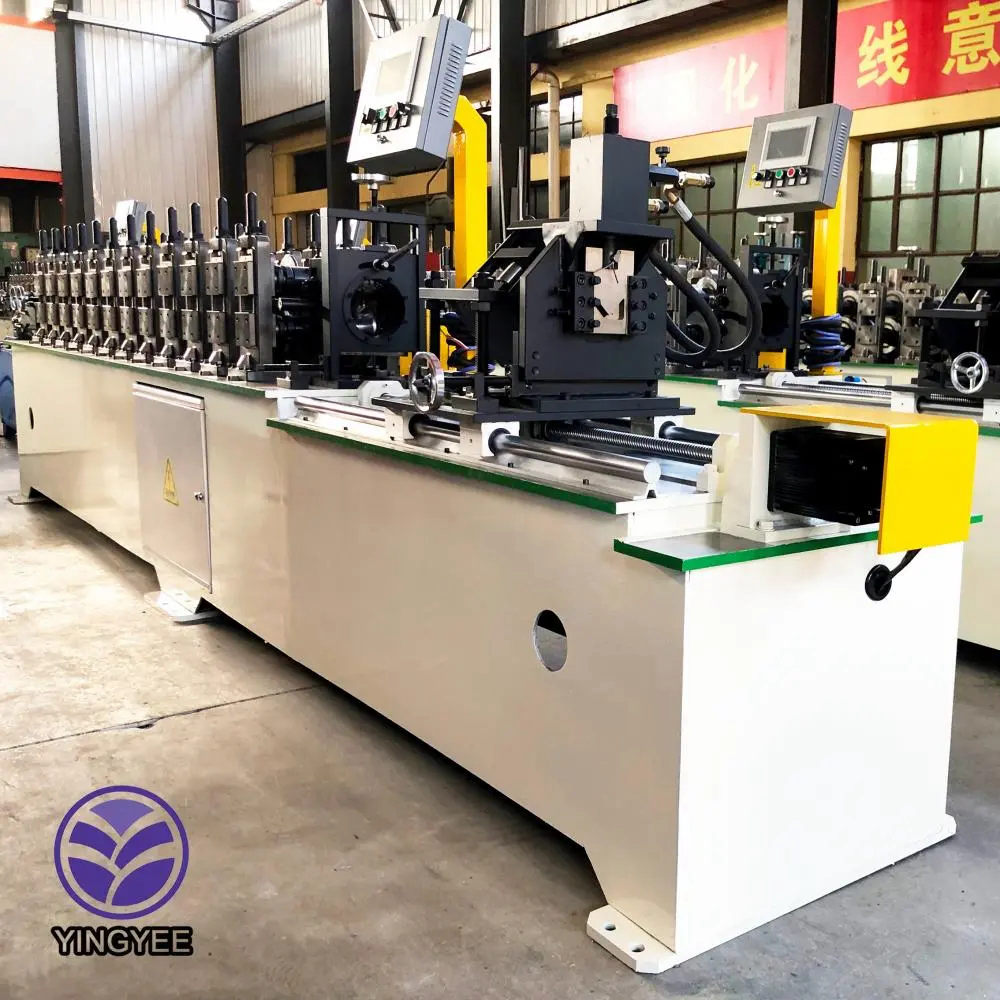
The Evolution and Importance of the Metal Deck Cold Bending Machine
In the realm of construction and manufacturing, precision and efficiency are paramount. Among the various machinery that plays a crucial role in these sectors, the metal deck cold bending machine stands out for its unique capabilities and versatility. This article delves into the functions, benefits, and advancements of this essential equipment, highlighting its significance in modern industrial applications.
What is a Metal Deck Cold Bending Machine?
A metal deck cold bending machine is a specialized piece of equipment designed to shape and bend metal sheets, particularly those used in the production of metal decking. Metal decks are widely utilized in construction for floors, roofs, and other structural applications due to their robustness, lightweight properties, and cost-effectiveness. The bending machine operates cold, meaning it shapes the metal at room temperature without the need for heat, which helps maintain the integrity and strength of the material.
The Bending Process
The bending process involves several stages. Initially, raw metal sheets are fed into the machine, which is equipped with a series of rollers and guides. These rollers apply pressure to the metal, gradually forming it into the desired shape. The precision of the machine allows for a variety of bending angles and configurations, accommodating various construction needs. Cold bending is preferred because it eliminates the risks associated with heat distortion or weakening of the metal, ensuring a durable final product.
Advantages of Cold Bending Technology
1. Enhanced Structural Integrity Cold bending machines preserve the physical and mechanical properties of metals. As there is no exposure to high temperatures, the material remains strong and resistant to deformation, which is crucial for load-bearing applications.
2. Cost-Effectiveness By automating the bending process, these machines reduce labor costs and increase production speed. The efficiency of cold bending technology leads to significant savings for manufacturers, particularly in large-scale production.
3. Versatility Metal deck cold bending machines can manipulate various types of metals, including steel, aluminum, and other alloys. This versatility makes them suitable for different projects, from residential buildings to large-scale industrial complexes.

4. Space Efficiency The compact design of modern bending machines allows them to be used in smaller workshops, maximizing space utilization without compromising on output quality.
Recent Advancements in Technology
With advancements in technology, metal deck cold bending machines have seen significant improvements. These machines are now equipped with digital controls and automation features, enhancing precision and reducing human error. Computer Numerical Control (CNC) systems allow for the programming of complex bending patterns, which can be repeated with exact accuracy, saving time and ensuring consistency across batches.
Additionally, innovations in materials and design have led to machines that are lighter, more efficient, and easier to operate. Energy-efficient models are becoming increasingly popular, allowing businesses to reduce their environmental footprint while maintaining productivity.
Applications in the Industry
The applications of metal deck cold bending machines are vast, impacting several sectors. In the construction industry, they are instrumental in producing metal decking systems that form the basis of floors and roofs. Their use in manufacturing pre-engineered buildings has revolutionized the industry by enabling faster construction times and enhanced durability.
In the automotive and aerospace sectors, cold bending machines also play a vital role. They contribute to the manufacturing of various structural components that require precise tolerances and high strength. As these industries continue to demand efficiency and innovation, the relevance of metal deck cold bending technology only grows.
Conclusion
The metal deck cold bending machine is a vital asset in modern manufacturing and construction. Its ability to produce high-quality, accurately shaped metal components at a reduced cost and time has transformed industry standards. As technology continues to evolve, these machines will undoubtedly integrate more advanced features, paving the way for even greater efficiency and capability. Embracing these innovations will allow industries to meet the demands of today’s fast-paced market while ensuring the highest standards of quality and durability.